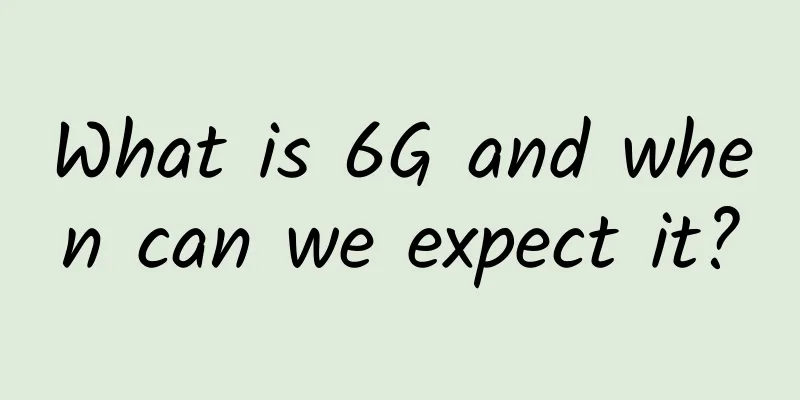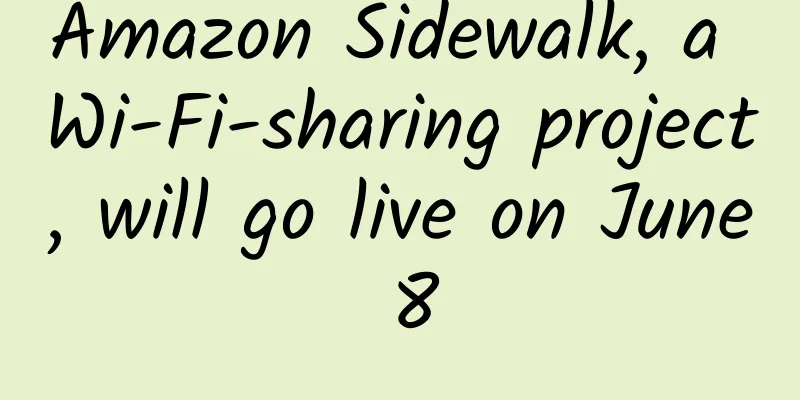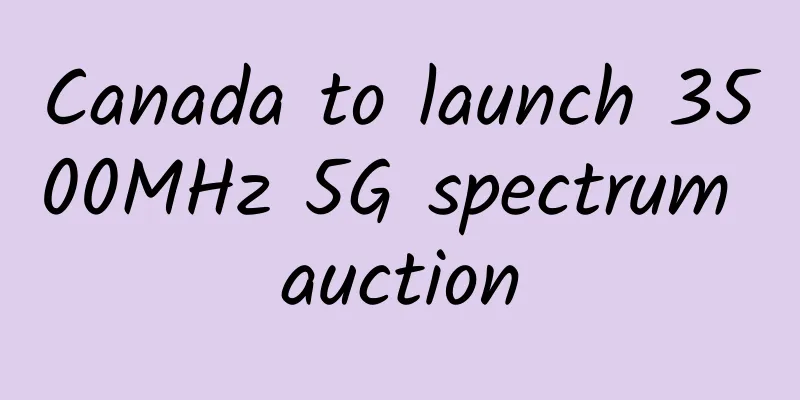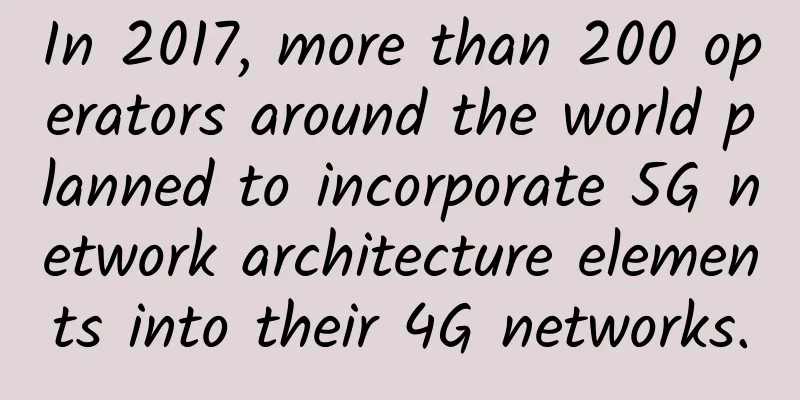What is 6G and when can we expect it?

|
Since 5G networks are still being deployed around the world and many parts of the world are still using 4G or even 3G networks, it seems too early to throw out the term 6G. That said, technology is always moving forward, standards take a long time to mature, and people are always on the road to a 6G world. The idea of 6G being floated so early in 5G development just goes to show how quickly this technology is evolving. People have already managed to move from 1G to 5G in a relatively short period of time, so 6G is just a natural progression towards faster, better wireless connectivity. Even though 6G makes sense as a successor to 5G, it may never actually be called “6G.” If it’s not something like 5G Enhanced or 5G Advanced, there may be a day when we stop using all the numbers and names and just say you’re connected to XXX high-speed network. Eventually, whether it’s 6G, 7G, or another “G,” today’s network speeds will be so fast that there won’t be any progress bars or wait times for any normal amount of data, at least by today’s standards. Everything will be instantly available… without people having to keep inventing new terms to describe it. When will 6G come out?New mobile network standards come into focus every decade or so. That means 6G networks will likely be available around 2030 (or even a little earlier in Asia and other regions that pioneered 5G), or at least most telecom companies will be conducting trials by then. However, it’s common to start working on new network technology a decade before any real implementations, which is probably why you’re starting to hear about 6G before you’ve even got your hands on a 5G phone! But progress doesn’t start and end overnight. For the same reasons 5G was slow to roll out, 6G networks won’t roll out as quickly as we’d like. There are frequency bands to discuss, spectrum licenses to buy, physical towers to build and coordinate, and regulations to deal with. Although 6G is less than 10 years away, as people determine where 5G fails, it is expected that the next type of network will improve on 5G's inevitable weaknesses and limitations. 6G BenefitsEverything that people use today will be greatly improved on 6G. Literally, every improvement that 5G brings will appear as a better, enhanced version on 6G. Destined to have a stronger 5G virtual reality and augmented reality systems, as well as connected smart cities and farms, artificial intelligence at your fingertips, smart robots in factories, vehicle-to-vehicle (V2V) communications, and more. 6G will continue to support all of these areas with greater strength, while also providing more bandwidth, which will ultimately expand innovation further, perhaps even into areas that people have not yet explored or even considered. For example: more immersive virtual reality applications and lifelike holographic video calls. Much of what makes 5G so great is its low latency of around 4 milliseconds, but 6G networks are likely to reduce this even further, perhaps to the point where people can confidently say latency is close to zero. Movies, TV shows, and games will start only as quickly as the screen takes to power on, and video calls will be as clear as if you were standing right in front of the person. 6G vs. 5G: What’s the difference?Speed and latency will be the most obvious differences between 6G and 5G. This is the difference between 5G and 4G in terms of performance, so people will also expect 6G to be several times faster than 5G. If early goals are eventually met, 6G networks are expected to have 50-100 times the capacity of 5G networks. In addition, where 5G must support 1 million devices per square kilometer, 6G is proposed to support 10 million devices. How fast will 6G be? The jury is still out, and we’re currently seeing speeds of up to 1 Gbps in ideal conditions using 5G. 6G will definitely exceed that, but by how much is still a question. How 6G will be faster than 5G is still up in the air, but it can be assumed that it will involve the use of ultra-high frequencies (millimeter waves) of the radio spectrum. 5G’s bandwidth capacity lies in its use of high radio frequencies; the higher the radio spectrum, the more data users can carry. 6G may eventually approach the upper limits of the radio spectrum and reach extremely high frequency levels of 300 GHz or even terahertz. However, just as we are seeing today that super-fast 5G network variants are extremely localized due to the inherent limitations of millimeter waves, the same problem will arise with 6G networks. For example, terahertz radiation has a range of about 10 meters, which is too short for significant 6G coverage. Perhaps by 2030, new ways will be developed to amplify signals far enough to avoid building thousands of new 6G cell towers. Maybe better ways will be found to transmit large amounts of data, like these researchers in 2022 used a new type of transmitter that produces a focused beam (vortex millimeter waves) to carry more information; a terabyte of data was moved in one second. Do we really need 6G?5G is designed to make the internet more accessible to more people and improve everything from entertainment to healthcare. Are there areas where there's room for improvement after 5G — and therefore the need to use something better, like 6G? |
>>: Whose encryption key is hardcoded in the code?
Recommend
[Black Friday] Tudcloud: Hong Kong VPS annual payment up to 40% off, recharge 30%
Tudcloud offers a big discount on annual payment ...
Baidu cloud carnival/price guarantee 11.11, cloud server as low as 46 yuan/year
This year's Double 11 event started very earl...
After "encircling and suppressing" Huawei: The United States begins to save itself in 5G
[[338650]] Recently, the United States announced ...
CYUN: 20% off on all VPS, 50% off for old users, Hong Kong VPS monthly payment starts from 14.5 yuan
CYUN is a cloud computing service brand under Hon...
Survey: Germany more dependent on Huawei 5G equipment than before
Germany is even more reliant on Huawei for its 5G...
Network | Why is the speed of 4G getting slower and slower?
Have you noticed that when you upgrade from 2G or...
Linux Network Monitoring Tools
Network communication is one of the most basic fu...
5G core network architecture and some basic concepts
The 5G wireless access network architecture mainl...
China Mobile Xiongyan Consulting Insights: 5G URLLC Key Technology Research Report
Labs Guide URLLC "Low Latency High Reliabili...
The three major operators unprecedentedly unified unlimited packages and removed them from the shelves to save themselves
The business of the three major operators has bee...
Three ways to improve WiFi signal
"I'm stuck in a circle after watching ha...
In the 5G era, where will the 2G-based temperature and humidity sensors go?
[[349400]] With the construction of 5G network ba...
For 5G: China Mobile, China Unicom and China Telecom are accelerating the withdrawal of 2G/3G networks!
[[360018]] Compared with China Mobile, China Tele...
Flink's general method for calculating Pv and Uv
[[432405]] PV (Visit Volume): Page View, which is...
Software-defined data centers face constant challenges: IT departments need to shift their focus
Virtualization has revolutionized the data center...




![[Black Friday] DMIT consumption rebate, 20% off Japan VPS, 50% free traffic in Hong Kong/Los Angeles](/upload/images/67cac22397883.webp)




